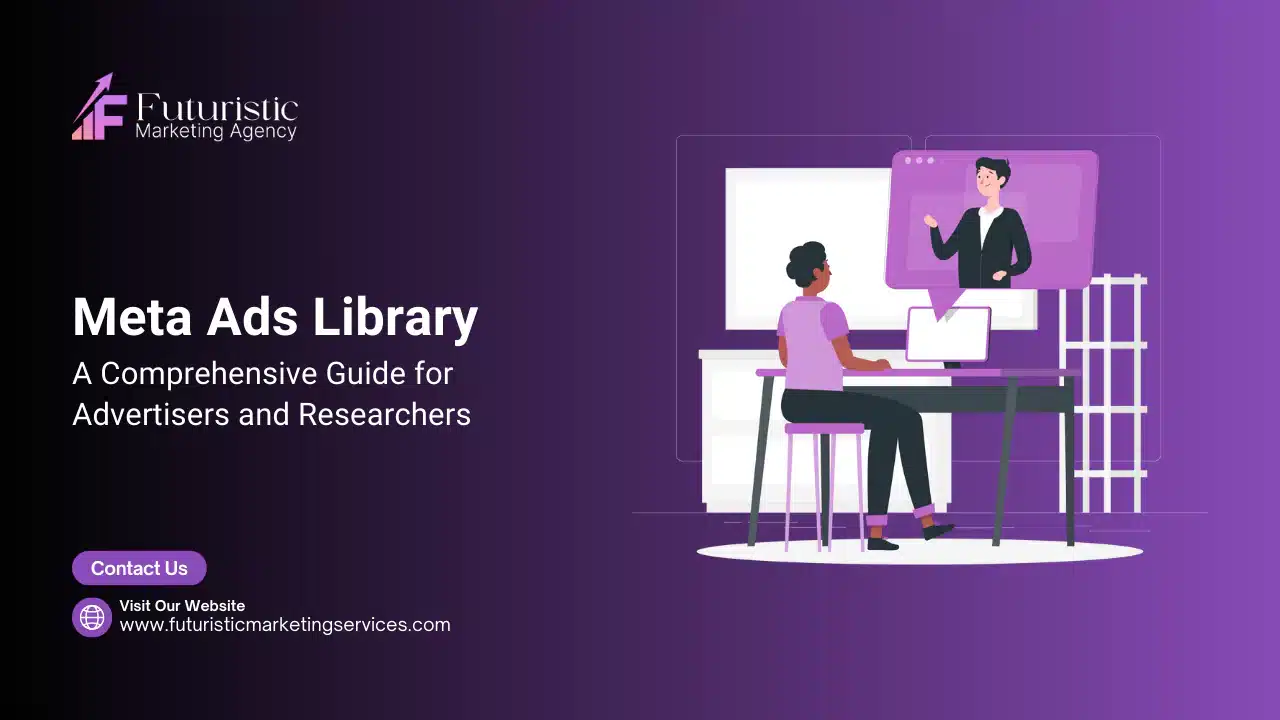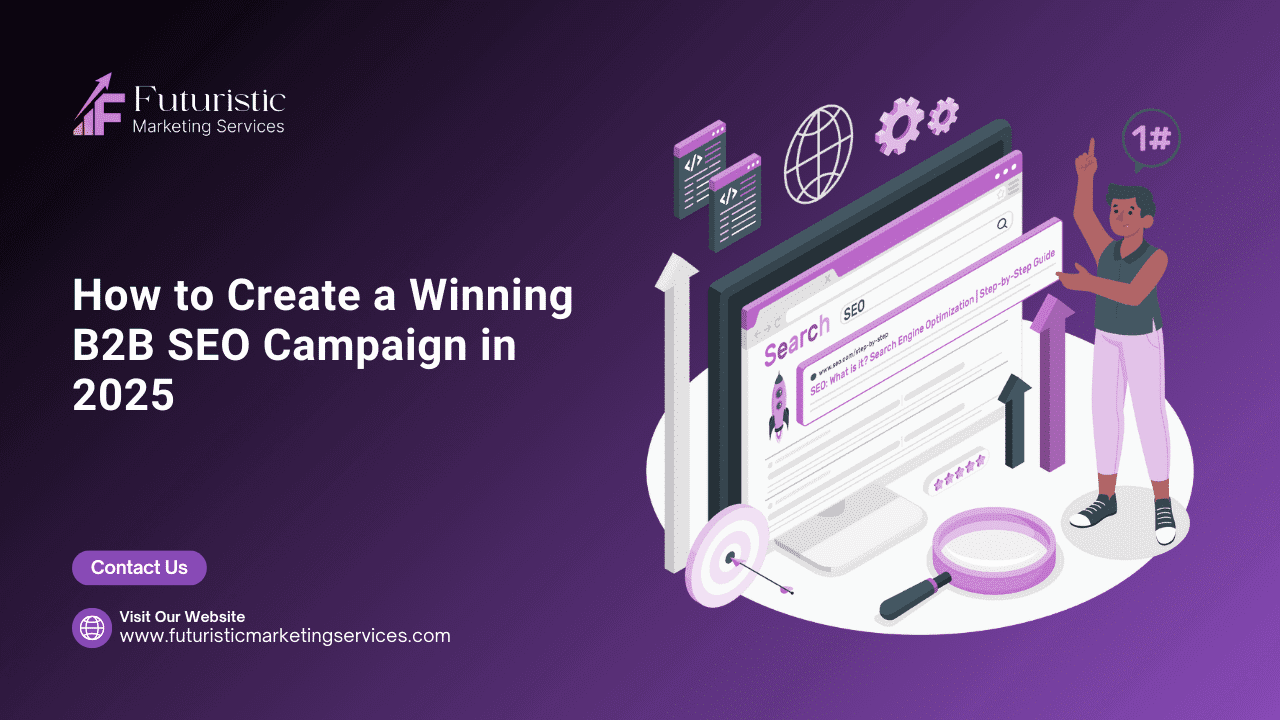In the ever-evolving world of digital advertising, transparency and data access are critical. The Meta Ads Library emerges as a powerful tool, providing a wealth of information for advertisers, researchers, and consumers alike. This guide will help you understand the library’s features, how to use it, and how it can benefit your advertising efforts.

What is the Meta Ads Library?
The Meta Ads Library is a centralized platform designed to offer transparency in advertising across Facebook, Instagram, and other Meta platforms. Launched as a response to growing demands for accountability in digital advertising, it allows anyone to view active and inactive ads from any advertiser.
This tool is particularly valuable for marketers aiming to study ad strategies, researchers analyzing political or social campaigns, and regulators ensuring compliance with advertising laws.
Features of the Meta Ads Library
The Meta Ads Library stands out for its robust functionality, making it a go-to resource for anyone working in advertising.
Comprehensive Ad Transparency
Meta ensures that all ads, whether active or inactive, are accessible for review. This transparency builds trust and accountability in the advertising ecosystem.
Access to Active and Inactive Ads
Unlike other platforms, Meta Ads Library retains inactive ads for a set period, enabling researchers to analyze ad trends over time.
Search and Filter Capabilities
With advanced filters, users can refine searches by advertiser, region, ad type, and more, saving time and effort. Learn more about these capabilities in Meta’s Official Ads Library Guide.
How to Use the Meta Ads Library
Navigating the Meta Ads Library is straightforward, but leveraging its full potential requires some insights.
Navigating the Interface
Start by visiting the Meta Ads Library. The homepage features a search bar where you can enter advertiser names, keywords, or topics to explore relevant ads.
Searching for Specific Ads
Type in keywords or brand names to view all ads matching your query. Use filters like location and date to narrow results.
Filtering Ads by Criteria
For precise research, apply filters such as:
- Region: Focus on U.S. or other targeted markets.
- Platform: Choose between Facebook, Instagram, or Audience Network.
- Ad type: Specify video, carousel, or static ads.

Benefits of the Meta Ads Library
The Meta Ads Library offers numerous advantages, making it indispensable for advertisers and researchers.
Enhanced Transparency for Users
By providing open access to ad data, the library fosters trust among consumers and stakeholders.
Insights for Advertisers and Researchers
Advertisers can study competitors’ strategies, while researchers can analyze trends to inform public policy or academic studies. For instance, a study by Pew Research highlights how ad transparency impacts consumer trust.
Regulatory Compliance and Public Trust
Meta Ads Library aligns with global regulations, ensuring advertisers meet legal standards while promoting accountability.
Limitations and Challenges
While powerful, the Meta Ads Library has some limitations.
Data Availability and Accuracy
Some advertisers may not fully disclose details, affecting the accuracy of the data. Always corroborate findings with additional sources.
Privacy Concerns
Meta must balance transparency with user privacy, sometimes limiting available data to comply with privacy laws like GDPR.
Usage Restrictions
Certain features may be restricted in specific regions or for specific ad categories.

Recent Updates and Trends
Meta continuously evolves its tools to meet industry demands.
- New Features in Meta Ads Library: Recent updates include enhanced filtering and detailed insights into ad performance.
- Policy Changes and Impacts: Meta's advertising policies are updated regularly, affecting how ads are displayed and tracked.
- Future Developments: Meta plans to expand functionality, introducing AI-driven analytics to provide even deeper insights into ad trends.
Practical Tips for Using the Meta Ads Library
Maximize your use of the Meta Ads Library with these actionable tips:
- Regularly analyze competitor ads to identify successful trends.
- Use filters effectively to narrow down data relevant to your niche.
- Pair insights from the library with tools like Google Trends for a holistic view of market behavior.
Conclusion
The Meta Ads Library is a game-changing tool for advertisers and researchers, offering unparalleled insights into advertising trends and transparency. By using the strategies outlined in this guide, you can harness its full potential to optimize your campaigns and stay ahead of the competition.









